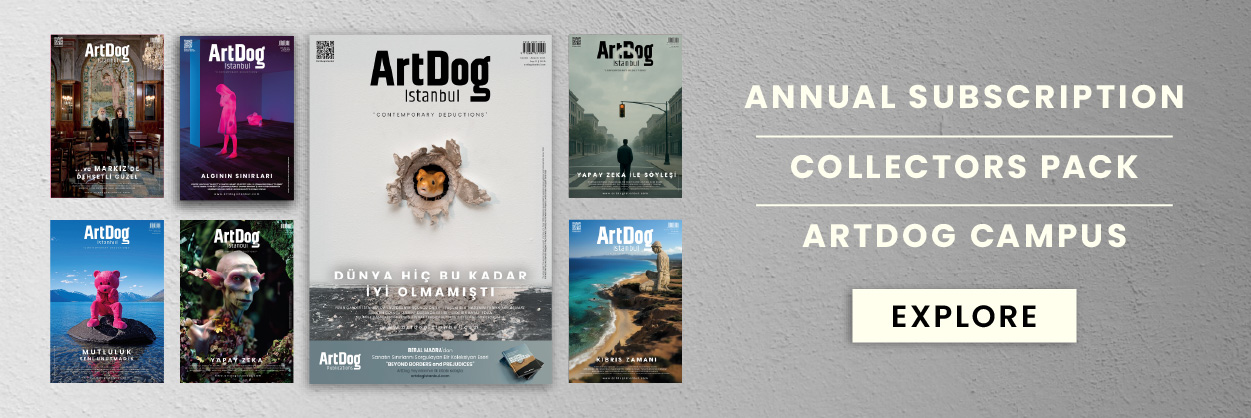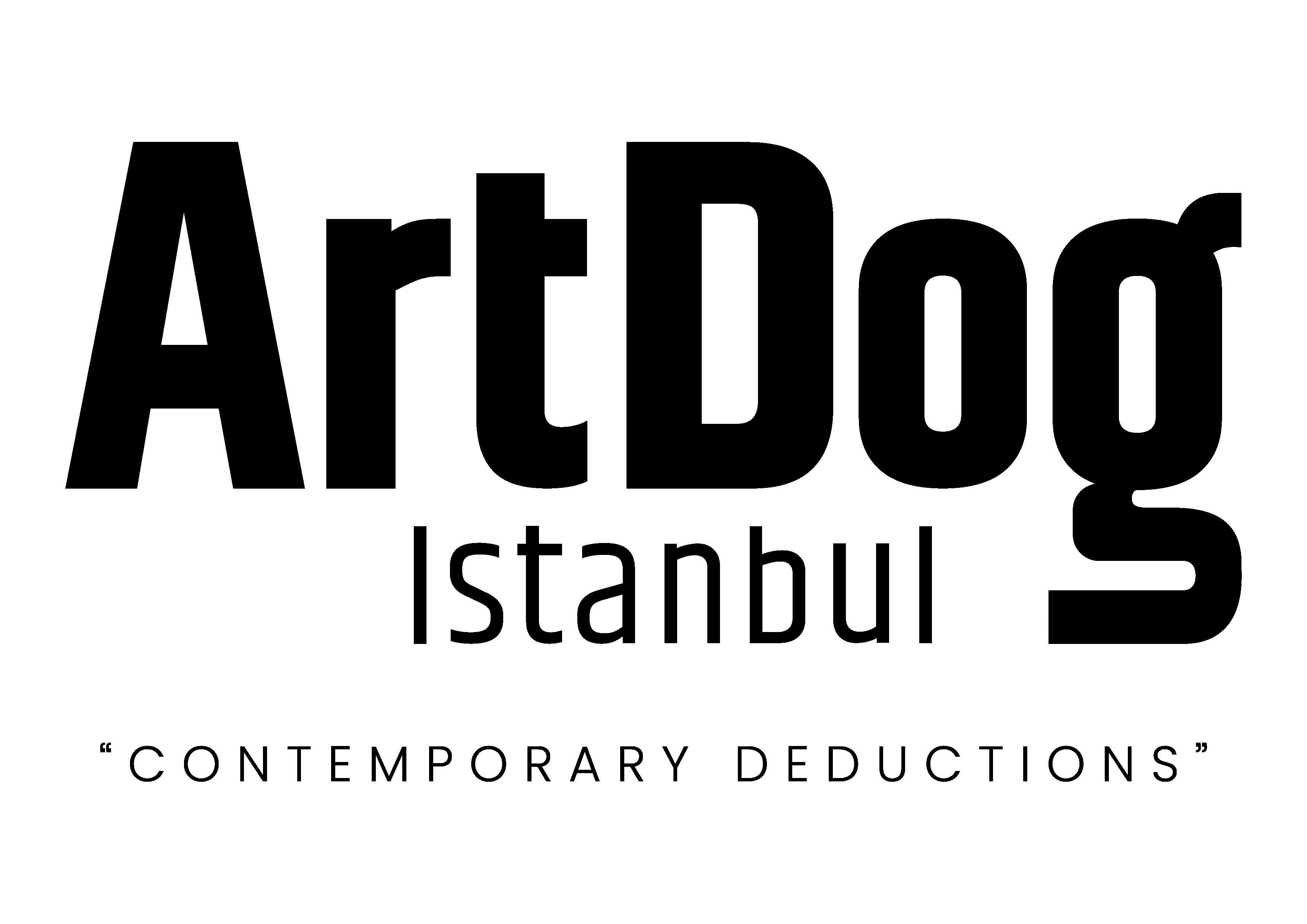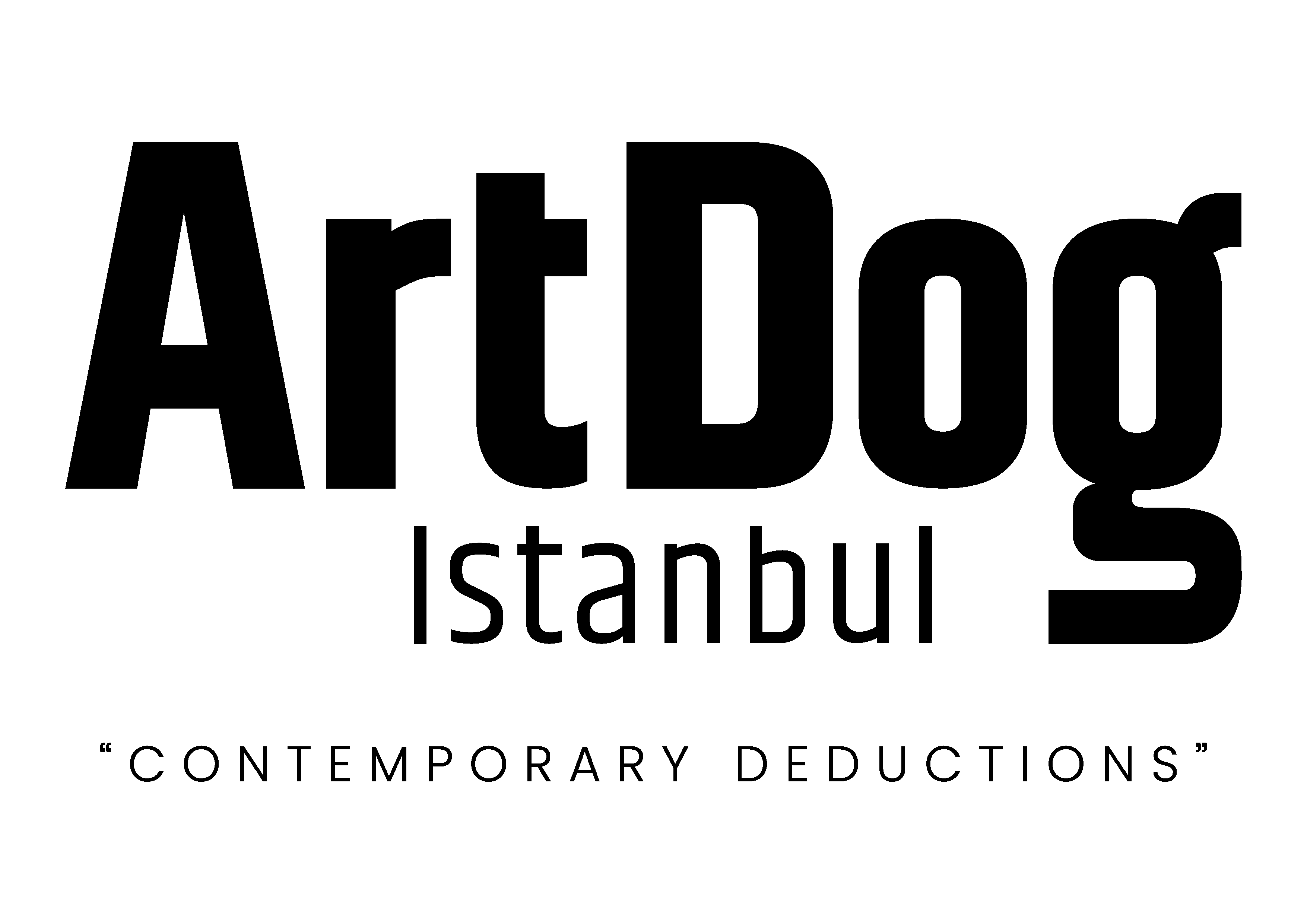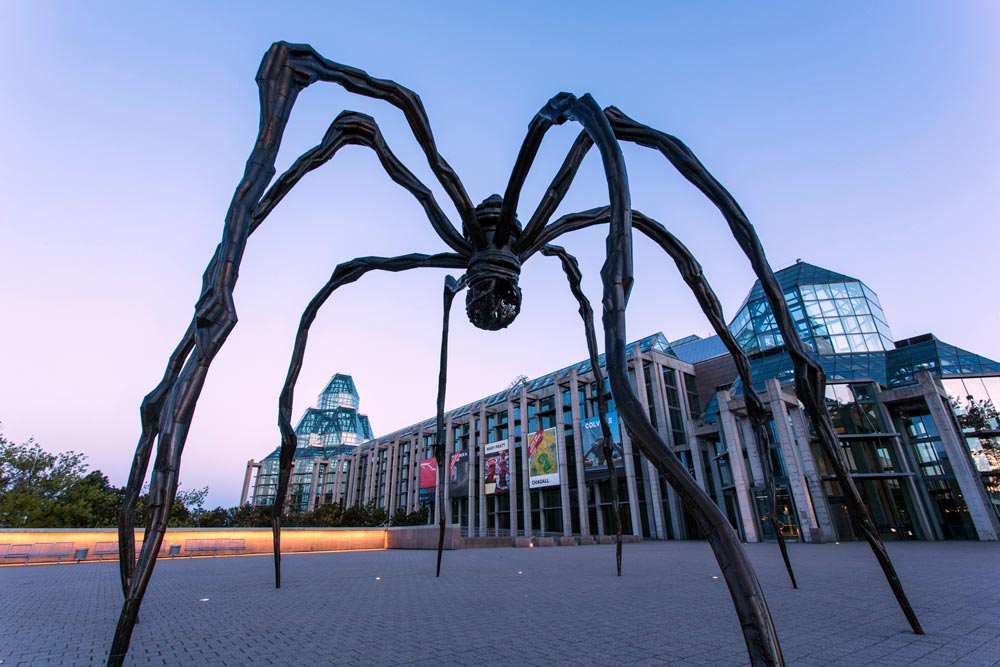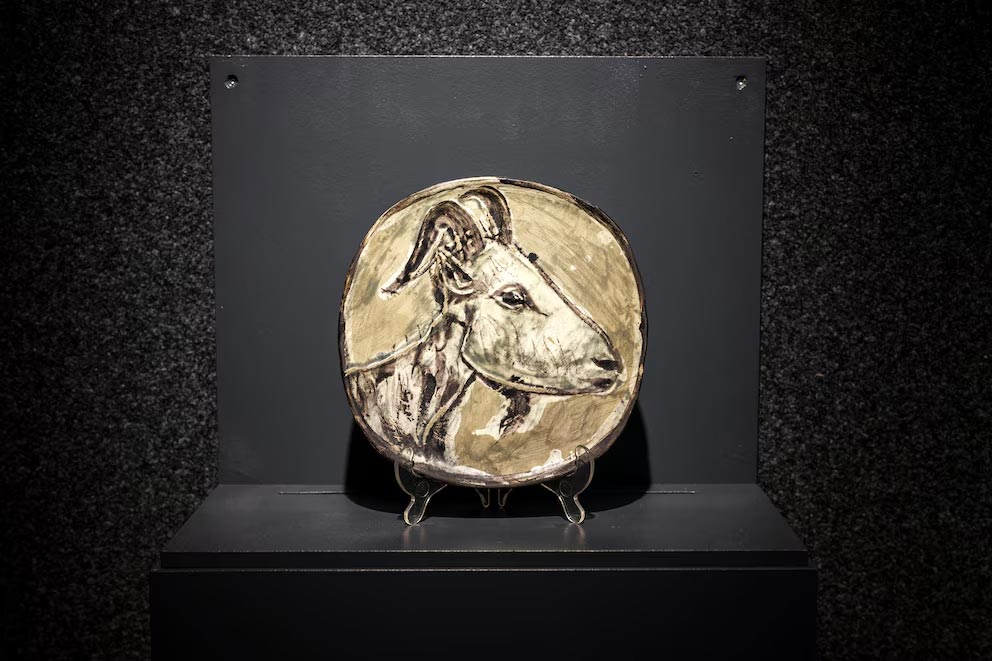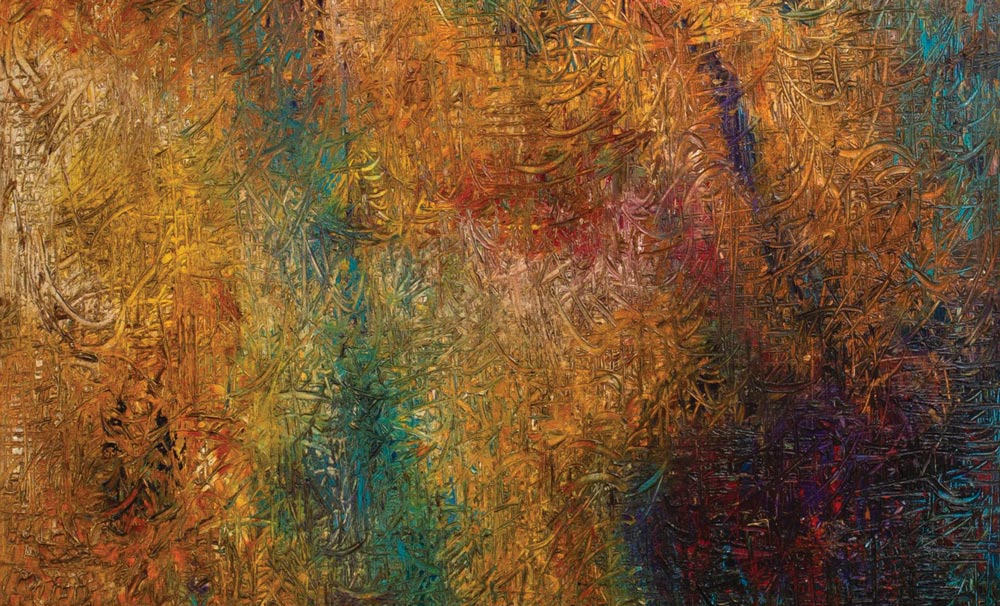Situated in the capital of Canada, Ottawa, the National Gallery of Canada (NGC) is the apple of Canada’s eye, which draws attention with its architecture, approach, and mission. The Director Jean-François Bélisle the Director and Steven Loft, Vice-President, Indigenous Ways and Decolonization at the NGC answer the questions of Aylin Seçkin.
How could you position National Gallery of Canada (NGC) among other world art museums? What makes NGC different from its contemporaries?
National Gallery of Canada is a national museum. The NGC maintains regular contact with all other national museums worldwide. National museums have important role. NGC: for 145 years what we are trying to build has changed over the years. The 1881 museum is different from the one of today. We try to build national histories. There are multiple histories: waves of immigration, including Italians in the 1940s and Vietnamese in the 1970s. Diversity implies a multiplicity of cultures and histories, resulting in different programs and collectives that are organized differently.
1960s: The museum did not have its own building. It was renting several federal government buildings.
1988: NGC relocated to its current building.
The permanent hanging has been updated to focus more on Indigenous and Canadian content. The parallel and, at times, interrelated stories of Indigenous and Canadian art in Canada are brought together in one unforgettable display. Almost 800 paintings, sculptures, prints, photographs, silver, and decorative art objects from across Canada are on view, dating from 5,000 years ago to 1967.
Visitors can rediscover iconic artworks from the national collection – many of which have been restored – or find a new favourite among the objects featured here for the first time. There are 225 additional works to see in the reconfigured galleries, including recent acquisitions by artists such as A.Y. Jackson, Lawren S. Harris, George T. Berthon, Ruben Komangapik, Tim Pitsiulak, and Emily Carr, among others. Also on view is an impressive selection of objects on temporary loan: among them, close to 100 stunning works by Indigenous artists.
With open spaces, bold wall colours and airy display cases, the Indigenous and Canadian Galleries are inviting and inspiring.
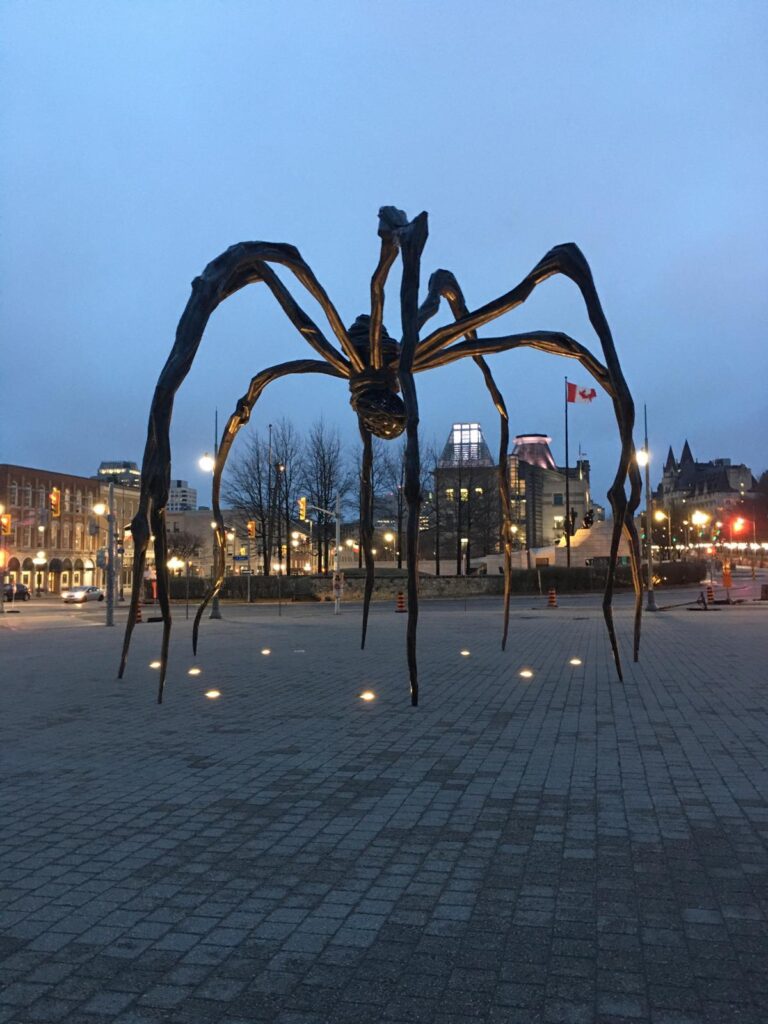
What is the buying policy of the museum? Is there any minimum Canadian art content requirement in the buying program? What is the de-accessing policy of the museum? How do you manage the archive of museum’s archive? What is the percentage of works shown in total art assets of the museum? Does NG sell artworks?
The museum buys regularly. The galleries love the NGC. The government provides $ 8 million annually for just collecting. There is a vast network of donors, collectors, galleries, and initiatives. There are many good artists: the objective of the museum is to tell the history of art to Canadians, fill the gap with the new purchases: not the stars only but the artists practicing works along a certain style. The main objective is to answer the following question: how will this work build/contribute to the history of art for Canadians? What does this work tell Canadians?
De-accessing is possible but not common. It must be well discussed: why to sell? Selling because there are 2 other similar works. Otherwise, selling to generate revenue: No, we have not done so recently, it must be well-thought-out. What are the strengths and weaknesses of the collection? There must be a strong rationale to let it go. 90,000 works, only 2,000 shown, 2,000 lent or circulated. 200,000 photography collection. Always thinking into 270 volts to keep the artworks.
Co-acquisitions: buying art together with other museums. Sometimes 3 museums are interested in the same artwork, then they buy together, and the artwork will have a higher chance of being seen. This way we co-buy Canadian art and make it seen in other museums and vice versa. Giving-taking reciprocity. With the Tate Museum, we purchased Wael Shaki. The main objective is the balance. Represent Canadian history within context, sharing.
How do you decide? There is an ongoing gap analysis. We think, and I think we know what we need, what we are missing: collecting is opportunistic. Close to institutions, galleries well.
Does the museum collaborate with Artbank Canada? What do you think about Artbank mission regarding the promotion of local and national artists?
NGC’s mission is different from the one of Artbank. Artbank says “we will safeguard the artworks during their lifetime. They let the art circulate. The mission of NGC is to safeguard art for future generations.
How often does the museum change the content of its contemporary art section?
The National Gallery of Canada (NGC) recently announced a $22.8-million major gift to Canadians of 61 artworks, featuring some of the most iconic artists in contemporary art history, by noted Vancouver-based businessperson and philanthropist Bob Rennie, a Distinguished Patron of the National Gallery of Canada Foundation, and The Rennie Family. This latest donation by Mr. Rennie and family brings the total value of their gifts to the NGC to now exceed more than $35 million, comprising over 260 artworks donated since 2012. Rennie was named to ARTnews’ Top 200 Collectors list of 2024.
The donation notably comprises 40 works by Rodney Graham. With a practice spanning 50 years, Graham (1949-2022) was born in Abbotsford, British Columbia. The works by Graham span nearly four decades, ranging from major installations, lightboxes, paintings and rare early works to multiples produced over many years that enhance insights into his oeuvre.
Three works by Ai Weiwei will complement the three current pieces in our collection by the celebrated Chinese contemporary artist.
Coming to the Gallery is British artist Yinka Shonibare’s full-room installation of 6,600 books celebrating the Americas’ diverse immigrant population, which identifies over 150 Americans of notable achievements in all fields, including some who were either born in Canada or have direct Canadian descendants.
The donation also includes 10 works by Mona Hatoum and pieces by Dan Graham, two artists who have strong connections with Canada.
American Dan Graham had a long and close history with our country having exhibited, lectured and made some of his earliest video works in the 1970s at the Nova Scotia College of Art and Design, and through his long friendships and creative exchanges with Vancouver-based artists such as Rodney Graham, Ian Wallace and Brian Jungen.
Similarly, in the 1980s, internationally acclaimed British-Palestinian artist Mona Hatoum created a series of videos during multiple residencies at the Western Front in Vancouver and exhibited at a number of Canadian institutions through the years.
Reflecting the strong social justice component of the Rennie Collection, monumentally scaled works will bring Meleko Mokgosi, Toby Ziegler, Allora and Calzadilla, Gilbert & George and art collective Tim Rollins and K.O.S. into the Gallery’s collection for the first time.
Thursday afternoons are great ways to promote and accumulate taste capital. Do you think to extend the evening to late-night events like the one at Met Fridays?
From 5 to 8 p.m. on Thursday nights, visitors to the National Gallery of Canada can enjoy seasonal refreshments and snacks while taking in music and the ambiance of art. Visitors will also have an opportunity to participate in free art-making activities and themed tours. (https://www.gallery.ca/whats-on/calendar/free-thursday-nights-2025-07-03)
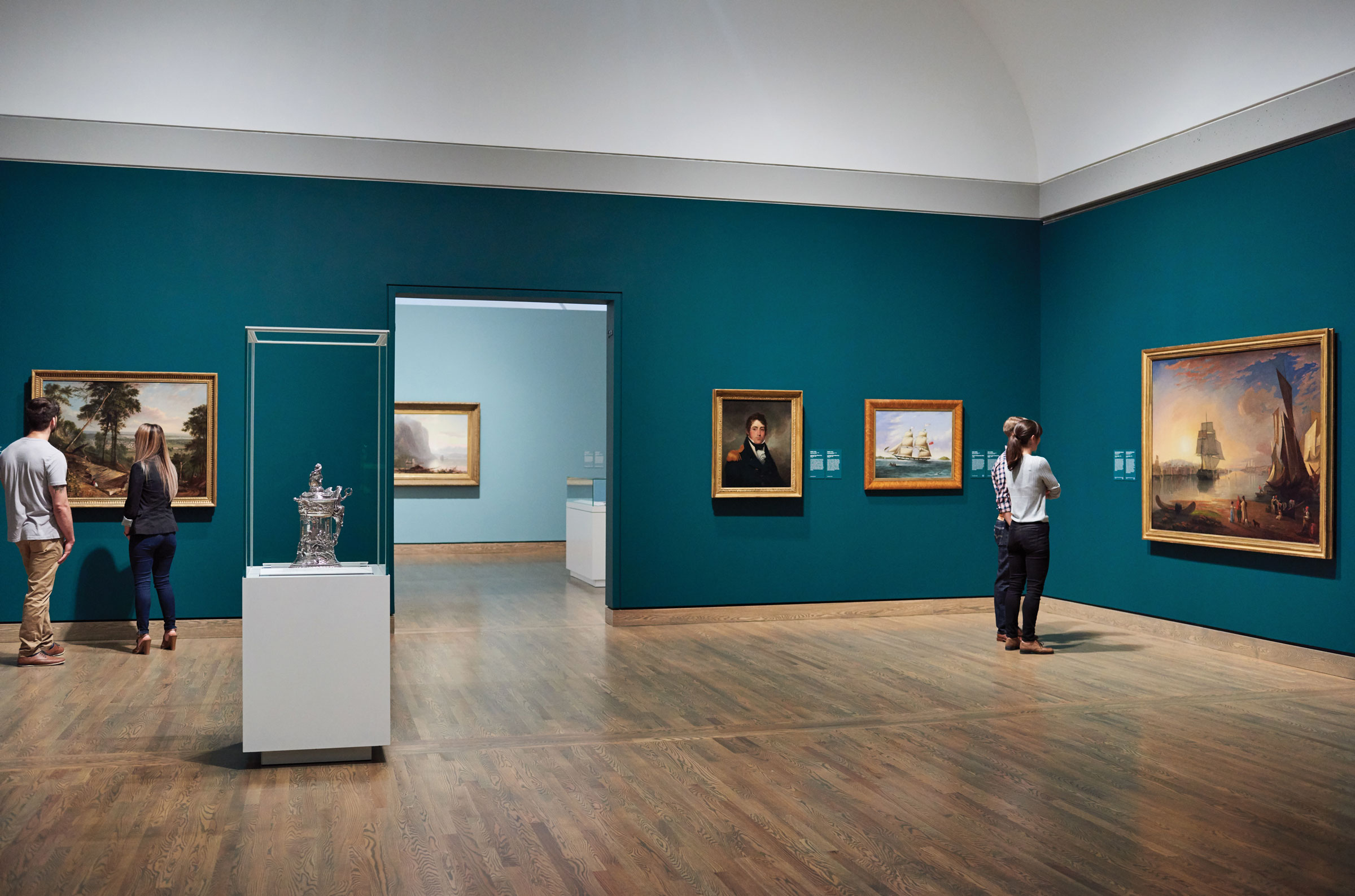
Although the museum is a public organization, to what extent does the museum collaborate with private collectors and brands?
The museum is a public institution. It tries to avoid any moves that could influence the art market. It is prudent when it comes to collaborations with brands. Private companies sponsor Thursday afternoons.
There is a continuous Interaction with galleries, collectors, art initiatives, and curators. There is a strong, well-knit art ecosystem: art fairs, artists’ studios, curators, galleries, and auction houses cooperate, but they do not enforce regulations; instead, there are numerous connections.
Does the museum organize gatherings with international museum and collectors?
This last year the Gallery hosted its first-ever international curators tour including participants from Canada, Italy, France and Germany. Facilitated through their respective embassies, each country was represented by two curators. The tour covered 18 studios across three different cities. The endresult was multiple international connections being fostered, co-acquisitions being planned, and cross-continental exhibitions being developed. A testament to the initiative’s success, a second tour featuring curators from circumpolar countries takes place this fall.
What is the approach of the museum towards digital art? Are there any major digital artworks in the Museum collection?
The Gallery is embarking on an expansion of its digital reach, aiming to make art more accessible to audiences in Canada and beyond. By investing in modernizing its technological infrastructure, the Gallery will digitize more of its collection, create supporting online exhibitions, and offer interactive educational content tailored for diverse audiences. These efforts will not only enhance the virtual visitor experience but also ensure that the museum’s programming, research, and storytelling are available to communities far beyond its physical walls.
Would the museum be interested in promoting Indigenous Canadian Contemporary art by organizing an international exhibition in major art cities?
Much work has been done in the last year to expand the NGC’s support of artists based in the circumpolar region, including the creation of a sixth region for the Sobey Art Award. This part of the world is home to many artists at the forefront of Indigenous art movements. The Indigenous Ways & Decolonization team is planning a major international exhibition that will reframe relationships throughout the circumpolar North through Indigenous artistic practice (Inuit, First Nations, Sami and Native Alaska). Qillaniq opens in 2026.
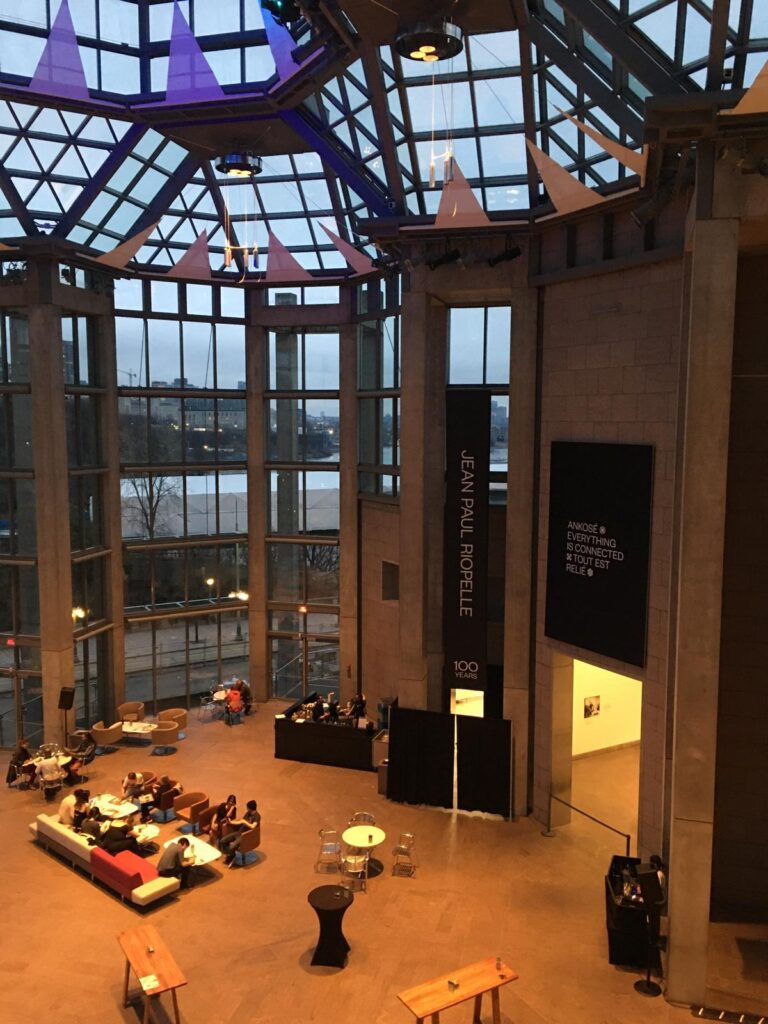
Will there be an upcoming retrospective of an Indigenous Canadian artist? To what extent the NGC cooperate with the collectors of Contemporary Canadian Indigenous Arts?
Rebecca Belmore is an internationally recognized multidisciplinary artist. Rooted in the political and social realities of Indigenous communities. Increasingly recognized as one of the most important artists of her generation, Rebecca Belmore’s performances, videos, sculptures, and photographs starkly confront the ongoing history of oppression of Indigenous peoples in Canada. She was the first Indigenous woman representing Canada at the Venice Biennale. Indigenous artist, from the North, but the world was not ready for that. NGC was very avant-garde for the Venice Biennale. The first Indigenous artist to represent Canada at Venice was in 1995 (Edward Poitras).
2017: Kananginak Pootoogook, RCA (1935–2010) was a participating artist in the 57th Venice Biennale. The late Kinngait (Cape Dorset) artist, known for his distinct figurative style and often humorous approach in both his graphic and sculptural works, was the first Inuit artist to be included in the fair.
Pootoogook joined a handful of Indigenous artists from Canada who’ve had a presence at the Biennale. The first, Edward Poitras, represented the Canadian Pavilion in 1995, followed by Rebecca Belmore in 2005. Jordan Bennett produced two projects, an offsite project Caboto (2011) and Ice Fishing (2015), a collateral exhibition to the Biennale’s main programming developed by the Terra Nova Art Foundation.
1967: “Indians of Canada” Pavilion was a part of Expo 67 in Montreal, Quebec. It was created by First Nations peoples from across Canada. They took advantage of the opportunity to share with Canada and the world provocative histories of colonial resistance. The Pavilion was separate from other provincial and national pavilions at Expo 67. It displayed contemporary Indigenous issues and showcased contemporary art. The Pavilion’s impact resonates today as a significant step towards change.
The exterior of the Pavilion displayed contemporary Indigenous art. Denesuline artist Alex Janvier, working for DIAND, invited a group of Indigenous artists from across Canada to create works for the exterior spaces.
Artists commissioned to create art for the Pavilion included: Janvier; Anishinaabe artist Norval Morrisseau; Tseshaht artist George Clutesi; Haida/Tlingit artist Robert Davidson; Cree artists Noel Wuttunee and Carl Ray; Kainai (Blood) artist Gerald Tailfeathers; Seneca artist Tom Hill; Ojibwe artist Francis Kagige; Lakota artist Ross Wood; Huron-Wendat artist Jean-Marie Gros-Louis; Kwakwaka’wakw artists Tony Hunt and Henry Hunt. Art in the interior spaces included work by Delaware artist Nathan Montour.
The 1967 International and Universal Exposition in Montreal, known as Expo 67, served as the centerpiece of Canada’s Centennial celebrations. Under the theme “Man and His World,” the exhibition dazzled over 50 million visitors with 90 pavilions showcasing feats of technology and displays by 60 participating nations. But the late 1960s was a time of great social change, and not all corners of Expo 67 shared in the fair’s prevailing mood of optimism. Whereas most pavilions exhibited laudatory images of nationalism, the “Indians of Canada” Pavilion—which represented diverse First Nations from across the country—employed the critical tone of global independence, decolonization, and civil rights movements of the time. Likewise, the pavilion’s fusion of Indigenous and settler-colonial elements—represented by its art and architecture, respectively—demonstrated the ongoing control of the Canadian government alongside the resistance of First Nations.
Artists conceived contemporary works that defied stereotypes and presented a critical—and subversive—narrative of First Nations-state relations. The pavilion can be read as a contact zone between Indigenous and settler-colonial representations, illuminating First Nations’ struggles for sovereignty within the context of Canada’s celebration of nationhood.
The Indians of Canada Pavilion was designed to be dismantled and rebuilt elsewhere as a community or arts facility. Unfortunately, the site was demolished in 1981. Although it no longer exists, the pavilion remains widely regarded as a prototype for Indigenous curatorial practices, a significant early exhibition of contemporary Indigenous art, and a project that galvanized Indigenous leadership and political activism across the country. It was one of the first opportunities for artists and leaders from diverse communities to come together and present contemporary First Nations art and political issues on the world stage.
Although not free from government interference and gender inequality, the pavilion was a significant moment in Indigenous political activism and artistic production at the end of the 1960s. Considering its architecture, art, and exhibits in tandem, the pavilion represents the tensions and contradictions of First Nations life under settler colonialism as well as the continuity of Indigenous ways of being and knowing, particularly through art practices. As a heterogenous site, the pavilion registered various forms of power and resistance that continue to be relevant today.
1992: Land, Spirit, Power: First Nations at the National Gallery of Canada. Timing was also important: Oka movement, it was a beginning of an international dialogue
The “Land, Spirit, Power” exhibition, held at the National Gallery of Canada in 1992, was a landmark event in the history of Indigenous art and its recognition in Canada. It played a crucial role in shifting perspectives on Indigenous art, moving it from historical contexts to the contemporary art realm and prompting significant changes in museum practices. The exhibition also coincided with a period of heightened political awareness and activism surrounding Indigenous rights and title to land.
1986: Carl Beam was the first artist of Indigenous ancestry to have his work purchased by the National Gallery of Canada as contemporary art. In 1986, the National Gallery of Canada purchased Carl Beam’s “The North American Iceberg”. This marked the first time the gallery acquired a work of contemporary Indigenous art as a contemporary piece, rather than an ethnographic one. The intentional acquisition of The North American Iceberg as a work of contemporary art was important because it affirmed that Indigenous art was relevant to modern times and had a place within a national narrative. A major retrospective of his work was organized by the National Gallery of Canada in 2010.
The highest attended Indigenous art exhibitions in Canada during the 1990s included Land Spirit Power at the National Gallery of Canada, and a large group exhibition called Art Mohawk ’92. Land Spirit Power, presented in 1992, was the first large-scale exhibition of contemporary Onkwehón:we art at the National Gallery, and it coincided with Canada’s 125th anniversary. Art Mohawk ’92, also in 1992, was particularly significant as it aimed to foster understanding of Mohawk culture among non-Indigenous audiences, especially in the wake of the Oka Crisis.At that time, people were hungry for this type of art works.
In the 2019 Venice Biennale, the Canadian Pavilion featured the Inuit collective, Isuma, making them the first Inuit artists to exhibit in the Canada Pavilion during its then 60-year history. Isuma, Canada’s first Inuit production company, has long focused on telling Inuit stories. Their presentation included a film installation focusing on the forced relocation of Inuit people, a topic that resonates with global issues of displacement.
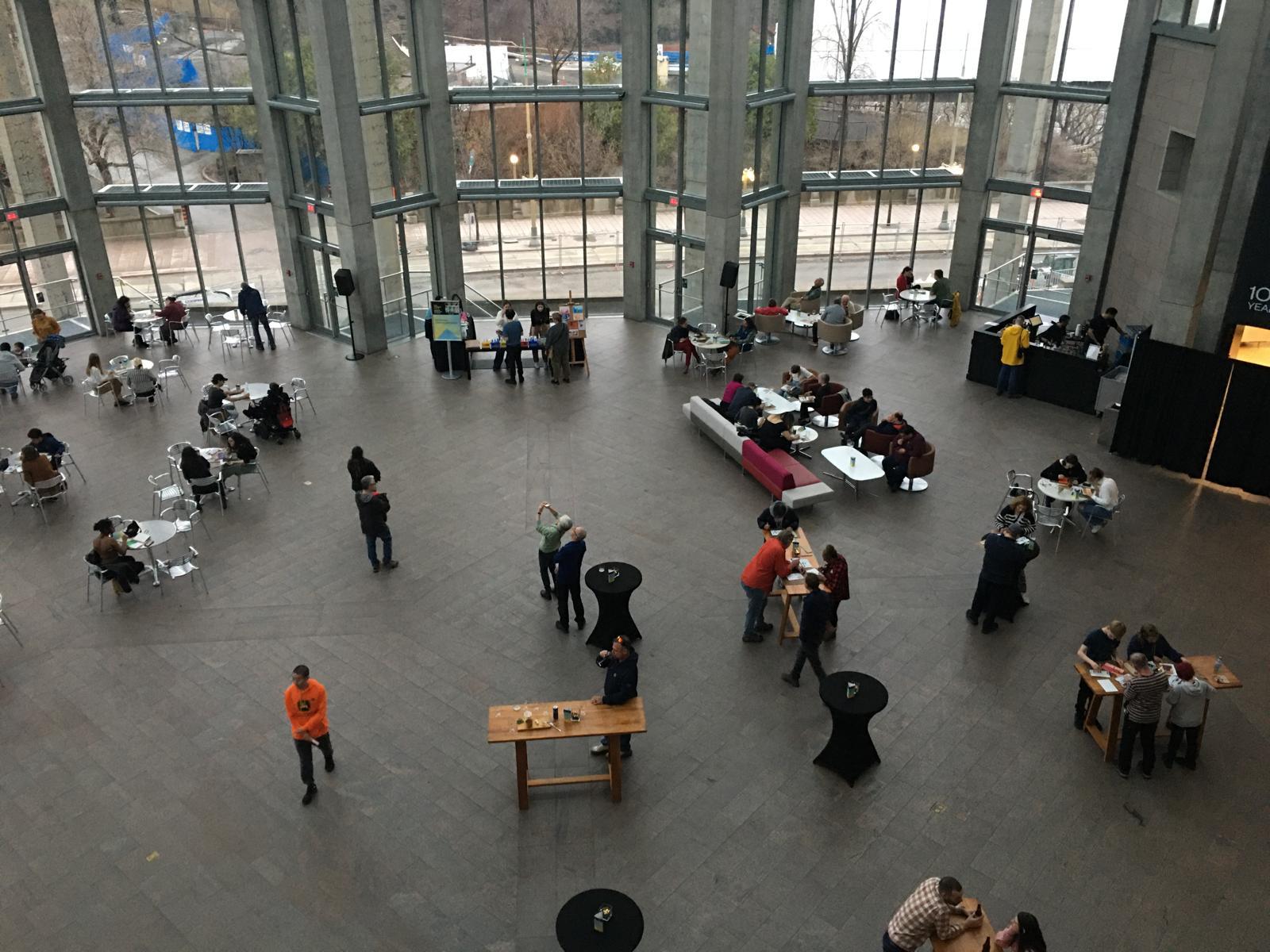
What is the power of the Director & CEO?
The Director & CEO himself does not have any power to decide by himself. In the National Gallery, there are 575 people working (includes seasonal hires and other term positions as well as all our indeterminate part-time and full-time employees). We are a big team. The Director & CEO is the conductor of an orchestra. Mr. Bélisle is the 11th, Director. The objective of the museum management is to build the museum from a historical perspective and offer a meaningful story to Canadians. The artworks tell multiple histories: how and what this work tells about the art history: mission to tell Canadians.
Recently, there has been a 20 million dollar’ purchase and gifts for the museum. Next year this amount could reach 50 million dollars (see Bob Rennie donation announcement above).
Next summer big exhibition on indigenous art and this show will travel around the world. The gallery aims to get connections, show Canadian and indigenous art to the world. General Idea solo show.
The Canada pavilion has received very positive comments from prominent art critics regarding the art chosen to be represented in Venice. What is the approach of the NGC to the Venice Biennale?
NGC has built the building of Canadian pavilion in 1957-1958. Canada participates to the Venice Biennale since 1952. The Canadian pavilion is located in the Giardini, the main venue of the biennale.
The International Art Exhibition—La Biennale di Venezia is the largest and most prestigious contemporary art exhibition in the world with more than 80 participating countries. The Canada Pavilion is commissioned by the National Gallery of Canada and supported by the Canada Council for the Arts. It is presented in partnership with the National Gallery of Canada Foundation.
In October 2024, the National Gallery of Canada announced that Abbas Akhavan would represent Canada at the 61st International Art Exhibition—La Biennale di Venezia from April to November 2026. Working across site-specific ephemeral installations, drawing, video, sculpture, and performance, Akhavan critically engages with formal, material, and social legacies that shape the boundaries between public and private spaces.

